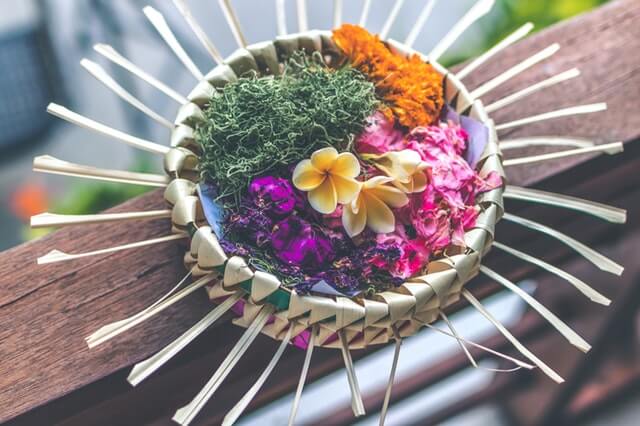Harvest Time

Harvest is called by many who follow a pagan tradition Lammas or Lughnasadh.
The name for Lammas derives from the Anglo Saxon ‘hlaf-maesse’ meaning ‘loaf-mass’, and this festival is very much celebrated as a festival of bread, beer and other things associated with the grain. This is said to be the first of three harvests. Beginning with the grain at Lammas time, it then leads onto harvesting of fruit around the autumn equinox, finishing up with the ‘meat harvest’ at Samhain.

In areas where the grain is already ripe enough to be cut, the traditions may include the story of John Barleycorn when celebrating and honouring the death of the Corn King.
There are usually many games played around this time of year to challenge the local community. Holding a competition for traditional games can help bring excitement and fun for the younger children and also fun with the adults who choose to join in!
As the harvest of grain, altars may be decorated with wheat sheaves and also with the end product of grain production- bread and beer. Using ears of corn or ‘corn dollies’ you can also enact the ritual of the Corn King dying to be reborn through symbolism. Depending on the mood of the performance, it will give attendees of the ritual a chance to think of their own relationship with death.
Another tradition that may be carried out at this time of year is the burning of the ‘wickerman’- a great structure, usually given a specific shape to represent. People offer their gifts and blessings to the wickerman to help bring life into their ventures, to let go of things that may hinder them; whatever they feel they have to give to the wickerman.
If you don’t have the space for a wickerman, another great option is to have a fire instead. This could be a simple, small fire for yourself or a larger bonfire for a group or community. It’s also a great thing to have if you are camping, etc. There will be many camps and pagan festivals around this time for celebrating Lammas/Lughnasadh, so this could be the perfect time to host or take part in a fire celebration.
Within Paganism, a large celebration is centred around the cycles of life and death. We see it through the transition from summer to winter and back again, as well as the celebration of the sun and moon as they cycle through their phases or lengths. Lammas is just another of these transitions that we mark through celebration. Of course, as our farming methods have become almost completely machine based, many people no longer have that link to the land. When these celebrations were marked, the whole community would be involved in the harvest, as well as the sowing. There were no machines to do the work for them – it was all done by hand. So the first and last grains were especially important as marking a passage of sacrifice.

Although the farming practices are no longer done by hand, it is still important to honour and mark the occasion. Farming and import methods are now worldwide to the point that people don’t have to eat seasonally any more. You can get strawberries all year round. You can always get the ingredients you want. Some may argue that this is removing the traditional flow of the year, but it does make more things available to more people in the long run.
Colours associated with this time of year are many shades of green, along with shades associated with the sun and grains- yellows, oranges and other colours you’d like to associate with the time of year.


